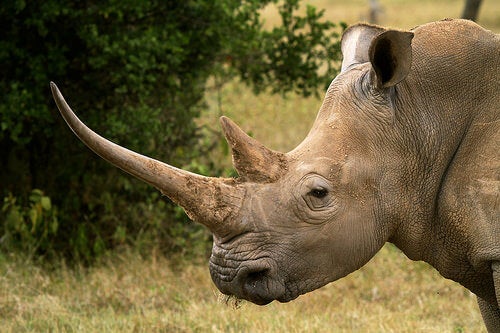Animals and Symbolism

Whether because of their behavior or strength, or perhaps because of some ancient legend or popular belief, animals have always been used as symbols. Different animals have represented something different for people for thousands of years. In this article, we want to look a bit closer at animals and symbolism.
Why do we use animals as symbols?
Humans have associated great qualities with animals since ancient times. These include speed, bravery, ferocity, dominance, etc. This then turned into symbolism, using animals to relate stories and legends.
As time passed, these associations and legends became more well-known and started to infiltrate our everyday language. In many societies, it’s not uncommon to hear people say that someone is as “brave as a lion” or has “the memory of an elephant“, for example.

Some of these meanings are arbitrary and have more to with popular beliefs than science. However, in other cases, animals were used as symbols in such a way that, when we see an image, we automatically associate it with a ‘human’ definition.
Animals and symbolism: the eagle
One of the most famous examples of the use of animals in symbolism is the eagle. Since time immemorial, this predatory bird has been associated with power and victory. As a result, you can see it on insignia, shields, and even country flags.
In fact, the eagle was a symbol of Ancient Rome, the Crusades, and the Spanish Catholic kings. It was also related to the gods Jupiter and Zeus and is even a symbol of monogamy and good eyesight.
The symbolism of the lion
Another example of animals and symbolism that stands out is the lion. For a long time, people have called them ‘the king of the jungle’ because of their bravery. We see lions as being the most powerful animals in the African savannah, even though there are actually stronger animals than they are.
For example, we can’t ignore the fact that male lions spend a large part of their day sleeping. On the other hand, it’s the females who are in charge of hunting food. But, despite this, various societies and cultures have made the lion a symbol of ‘power’, even in places where there are no lions, such as Greece or Rome.
Similarly, in Egypt, the lion represents the Goddess Sekhmet, who protects the good and destroys the bad. Then, in the field of alchemy, the lion is linked to the sun, light, and gold.
In the Middle Ages, many families featured this animal on their coat of arms because of the lion’s courage, bravery, and majesty. The English king, Richard I, went under the name of “Richard the Lionheart” after demonstrating his courage during the third crusade.
The elephant as a symbol
This is the largest land animal, and comes from Africa and Asia. For millennia, many different cultures and religions have revered them, especially in India and China.
The elephant symbolizes strength, patience, intelligence, and memory, and some cultures associate them with honor, dignity, and pride. In the Hindu religion, elephants have a very important place in daily life, being part of the image of the Ganesha, the god of luck, protection, and fortune.
Elephants have a matriarchy, which means that it’s the females that lead the herd. They’re also a model of family life and values, which is why they often feature on amulets for prosperity, wealth, and the protection of the home.
Animals and symbolism: the cat
Domestic cats were highly revered by the ancient Egyptians who, like the Celts, considered them to be guardians of the underworld. Perhaps this was because they’re so silent and mysterious.
Because they can see so well in the dark, some people say that they’re spiritual beings who know our dreams. However, it’s precisely these characteristics which meant that they almost disappeared in the Middle Ages, when people believed they were witches.
This text is provided for informational purposes only and does not replace consultation with a professional. If in doubt, consult your specialist.